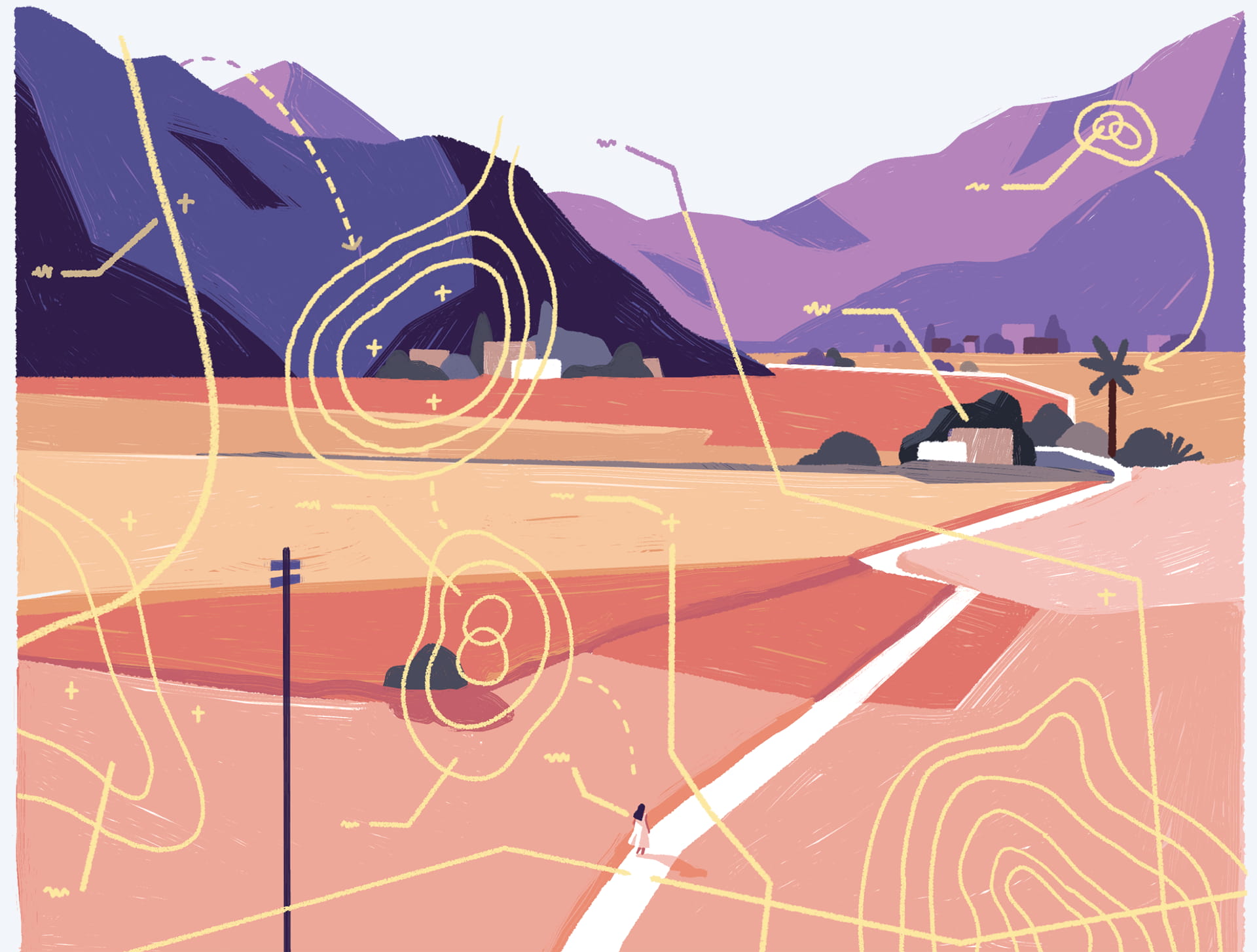La Jolla Institute for Immunology Associate Professor Ferhat Ay, Ph.D., is building some of the world’s smallest maps. Dr. Ay harnesses computers to transform DNA genomic sequences into 3D maps. These maps can reveal how genes interact and how the body fights disease.
There is an urgent need for computational biologists like Dr. Ay. Thanks to new, more affordable sequencing tools, scientists today are generating bigger and bigger datasets. Dr. Ay has developed new methods to quickly sort through “big data” and uncover the patterns that matter.
Your lab looks a lot different from the usual immunology lab. What can you accomplish with computers?
We look at a number of different features of your DNA, including how it is folded and what parts of it carry marks of biochemical activity. All of these in concert determine the activity levels of your genes and how cells function. With recent methods, we can “see” how DNA, RNA, and proteins all come together to form chromatin.
It’s important to understand how your chromatin is structured and folded inside a tiny cell nucleus and how that is different from one cell type to another. Changes in this intricate 3D organization may lead to disease.
What does it mean to build a genomic “map?”
We analyze data by placing each datapoint in a huge matrix. Sometimes a matrix can be a million by a million in size, over a trillion points. We’ve developed really efficient statistical models and image processing tools to scan the matrix—like it’s a map—for specific patterns and then link these patterns to functions in different cells.
Once you sequence billions of reads to quantify proximities between different regions in the genome, you can start telling which genomic regions touch each other a lot. Using these points as anchors, we can turn that information into a three-dimensional map using computational modeling to show how genes interact.
By developing new computational algorithms and methods, we can analyze sequencing datasets to answer specific biological questions. For example, we can test hypotheses about a specific genomic region playing an important role in an autoimmune disease. Or we can test hypotheses about certain rearrangements in the chromosomes being important for cancer.
How would a chromosome get rearranged in cancer?
My lab is looking at an especially aggressive leukemia subset in pediatric patients. These patients have cells where a chromosome has actually shattered into pieces and those pieces came back together in a sort of random order.
We’ve developed a computational project to detect these rearrangements. Which genes are broken down, and which genes are fused to each other? We’re focused on helping the pediatric patients who are most likely to not respond to treatment and most likely to relapse.
What can your research teach us about infectious disease?
In one collaboration, we were able to link genetic variants to COVID-19 case severity by first finding the genes that neighbor those genetic variants in specific immune cells. People had previously missed these associations because they were looking at the genome in one dimension. By adding these three-dimensional maps, we were able to identify genes that might be relevant to the body’s response to certain diseases, such as COVID-19.
I imagine your field changes faster than most.
It’s both exciting and scary that like every couple of years, we have new technologies that are emerging, essentially making some of the previous technologies obsolete. Each new technology produces data sets much larger and more complex than we have ever seen. As computational biologists, our task is to develop effective methods that best utilize these data and allow us to ask and answer questions that we could not have before. We really enjoy doing this!
Do you have any advice for students who may want to pursue a career in computational biology?
You should be able to work under the mentality that everything will change. The things that you’re an expert in today—and tools you develop—will be useful for a while, but you should be able to accept they may become obsolete. You need to renew yourself. But it is important that you prepare yourself well by acquiring core computational skills and building a knowledge base that will stay with you wherever the research takes you.
More from this issue
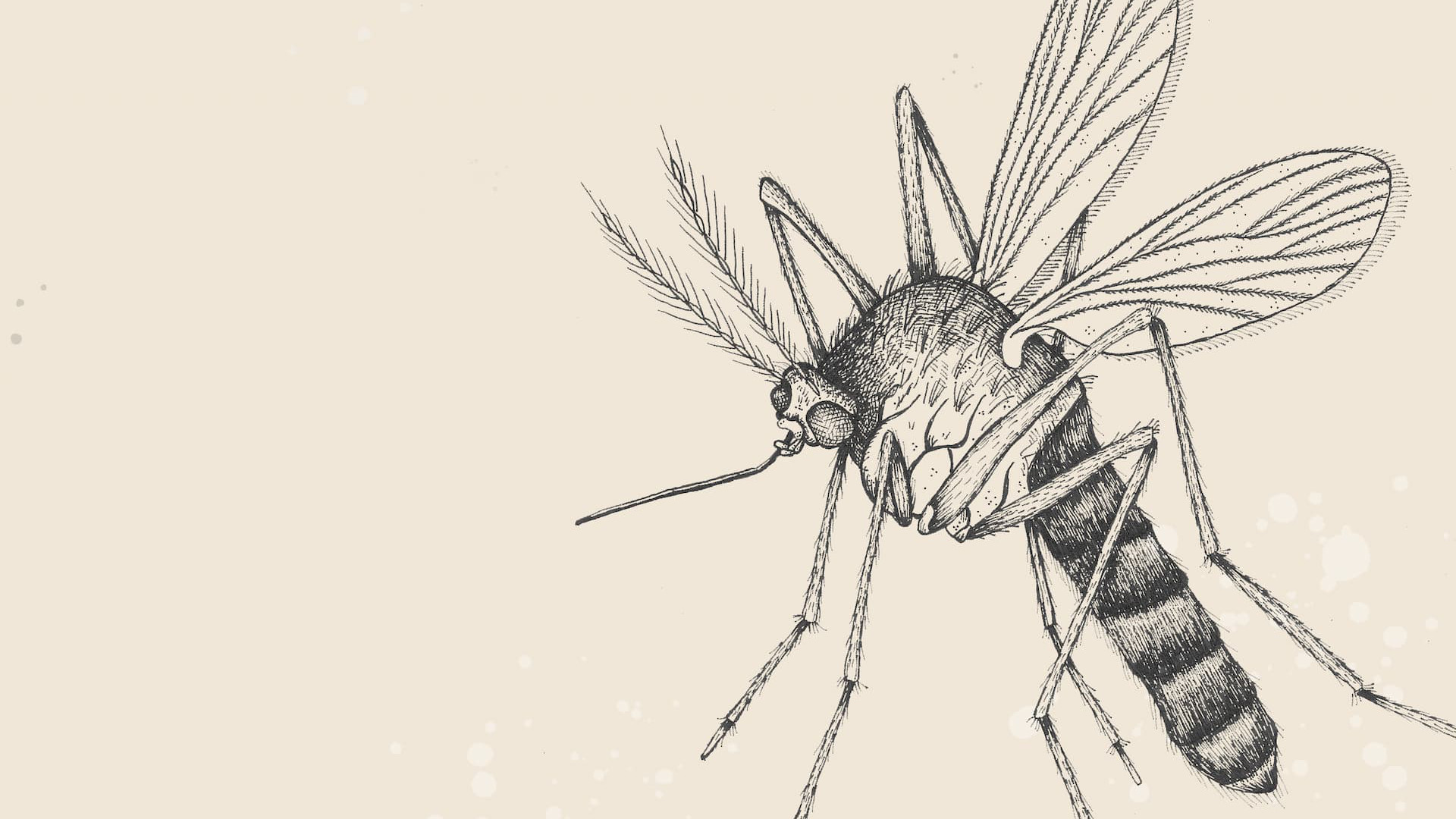
All creatures great and really, really small
“Zoonosis is everywhere. This is where pandemics come from."
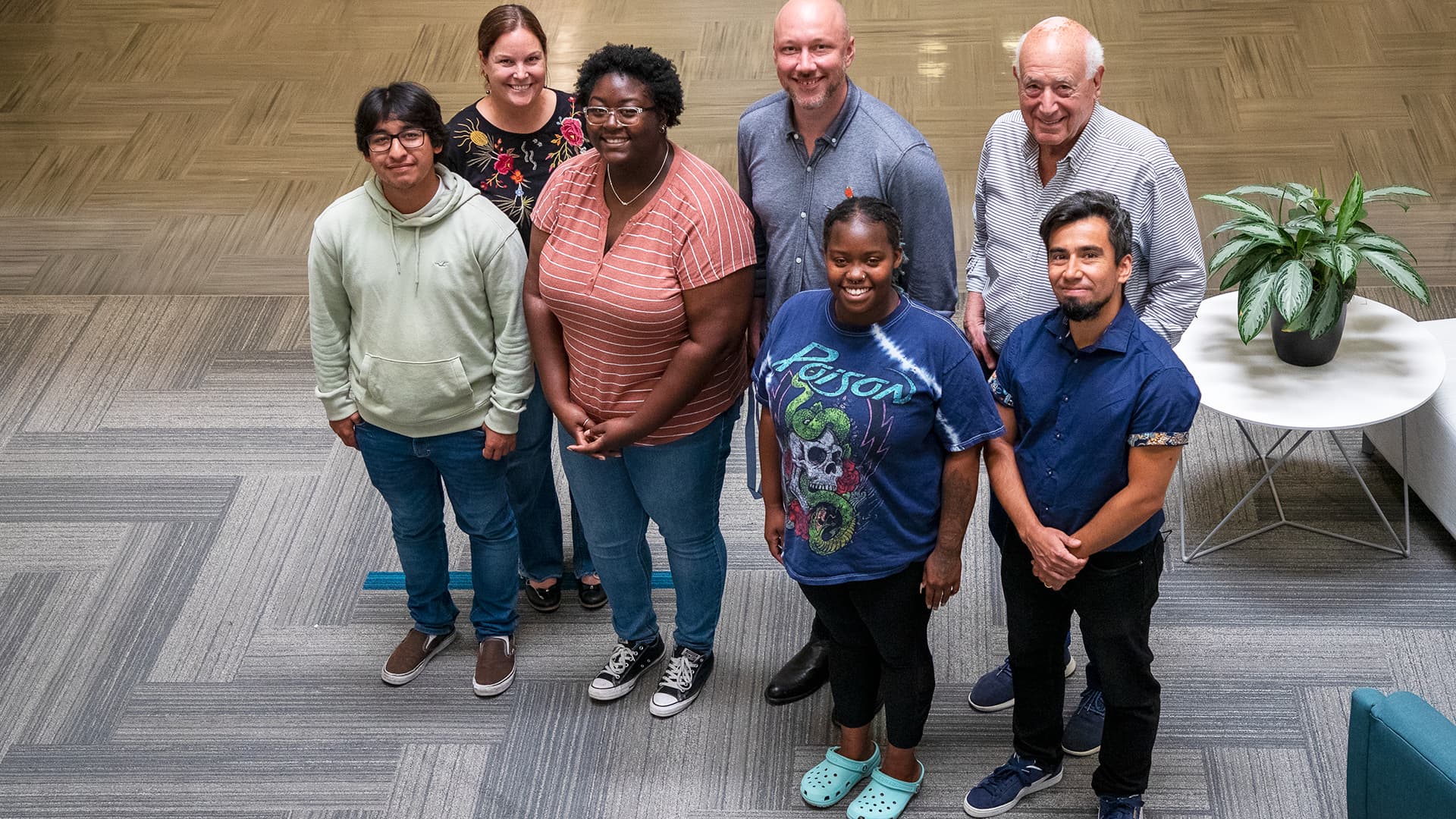
LJI works to level the playing field
New internship program is important step toward growing the careers of all scientists
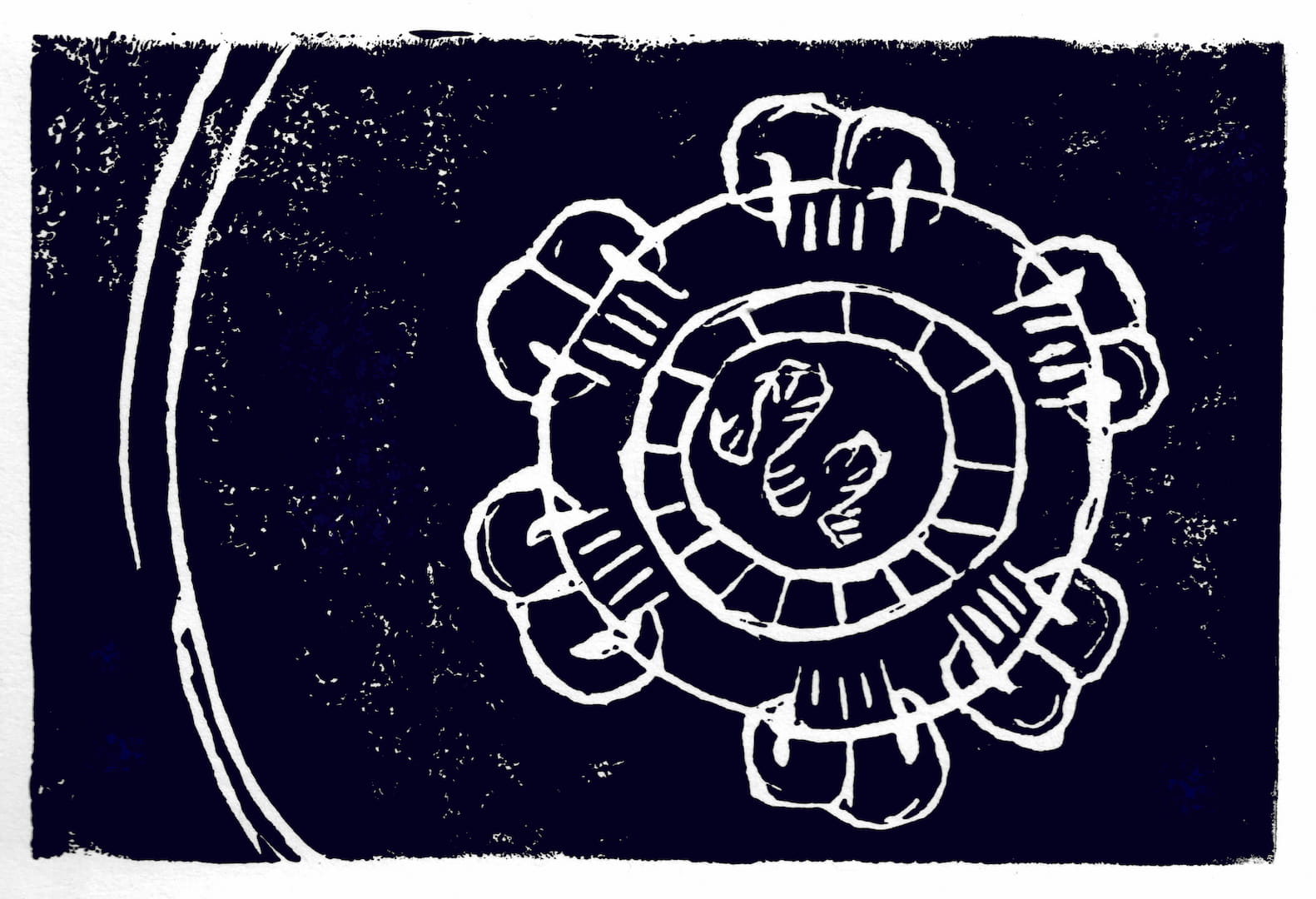
Online exclusive: The dengue problem
Researchers set out to develop a dengue virus vaccine 80 years ago. We still don't have a good one.
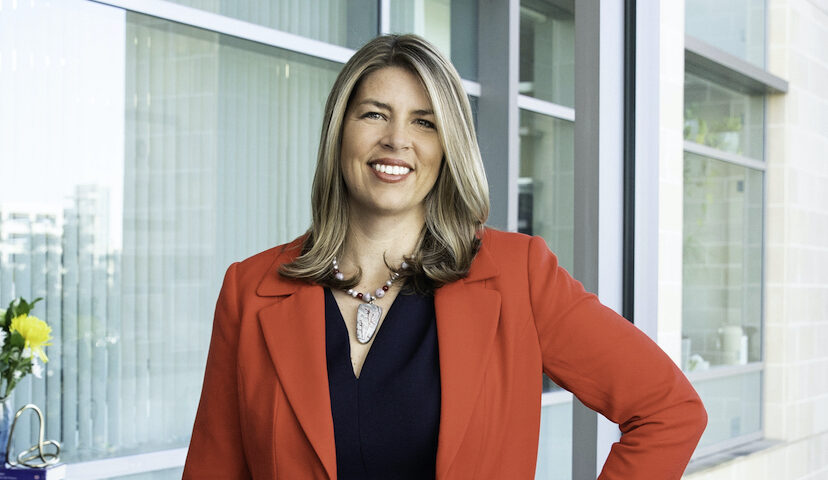
The many roads to LJI
A letter from LJI President and CEO Erica Ollmann Saphire, Ph.D.
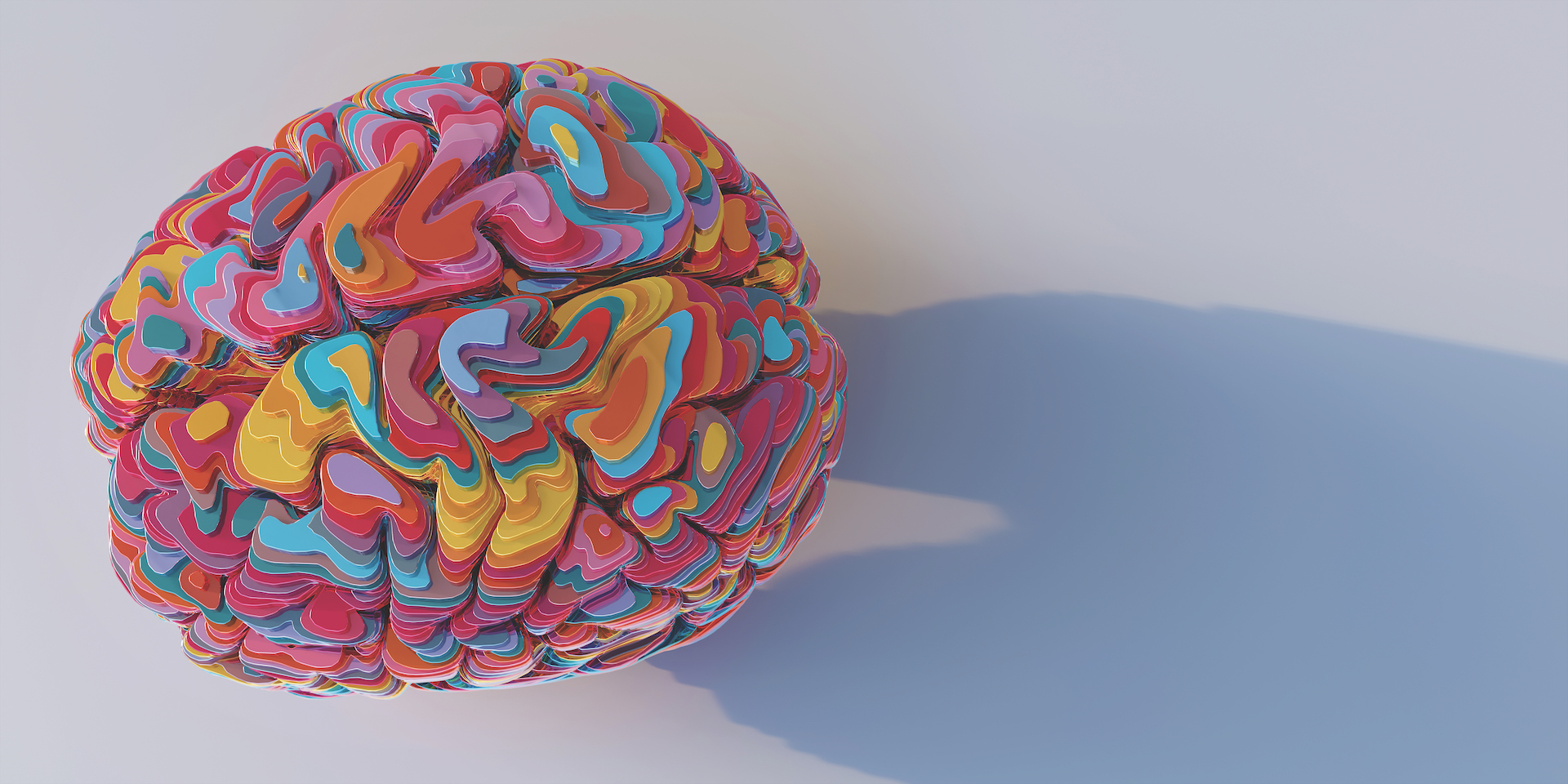
What it takes
LJI scientists shine a light into the depths of Alzheimer's disease
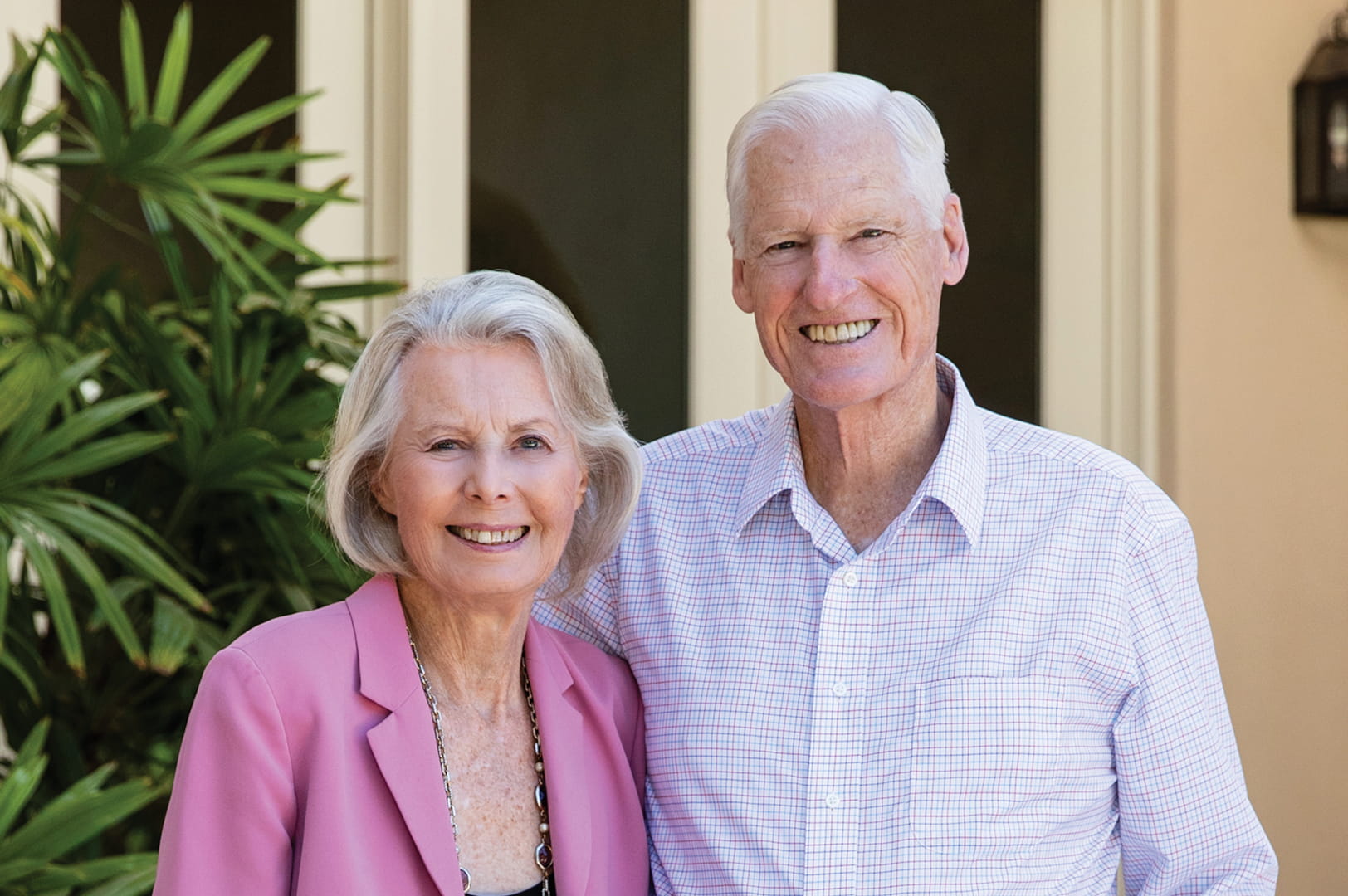
Why we give: A tradition of American leadership
Dick and Karna Bodman establish a legacy at LJI
